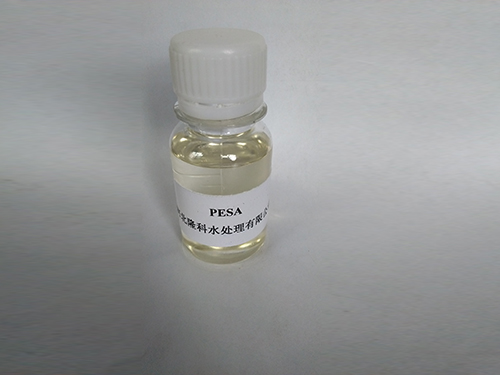Flocculant Solutions for Effective Water Treatment and Purification Processes
Flocculant Chemicals for Water Treatment Enhancing Water Quality
Water is a fundamental resource essential for life, and its quality is paramount for health, environmental sustainability, and economic activity. The treatment of water, particularly in terms of removing impurities, contaminants, and suspended solids, is crucial. Among various methods of water treatment, the use of flocculant chemicals plays a vital role in enhancing water quality and ensuring safe drinking water.
What are Flocculant Chemicals?
Flocculants are chemical substances that promote the clumping together of particles in water. This process, known as flocculation, leads to the aggregation of fine suspended particles into larger flocs or clusters, which can then be easily removed from the water through sedimentation or filtration. Flocculants can be classified into two main categories organic and inorganic.
Organic Flocculants are typically derived from natural materials or synthetic polymers. Natural flocculants, such as those made from starch, cellulose, or certain biopolymers, are often preferred for their biodegradability and lower toxicity. Synthetic flocculants, on the other hand, are more efficient at lower dosages and are widely used due to their effectiveness in treating a variety of wastewater types.
Inorganic Flocculants, such as aluminum sulfate (alum) and ferric chloride, are also widely used in water treatment processes. These compounds work by neutralizing the charges on suspended particles, allowing them to bind together and settle out of the water column.
The Mechanism of Flocculation
The flocculation process involves several steps. Initially, the addition of a flocculant agent alters the charge of suspended particles in water, often neutralizing their negative charges. This change allows particles to overcome their natural repulsion and come together to form larger aggregates or flocs. Then, the larger flocs become heavy enough to sink to the bottom of the treatment tank or can be captured by filters.
The efficiency of flocculation depends on several factors, including the type and concentration of flocculant used, the characteristics of the water being treated (such as pH, temperature, and turbidity), and the mixing conditions during treatment
. Proper dosage and application are crucial to avoid under-flocculation or over-flocculation, both of which can hinder the treatment process.Applications of Flocculant Chemicals
flocculant chemicals for water treatment

Flocculants are utilized in various water treatment applications, including
1. Drinking Water Treatment They are essential in the purification of drinking water, where the removal of turbidity, bacteria, and organic materials is necessary for public health. The use of flocculants ensures compliance with regulatory standards for potable water.
2. Wastewater Treatment Municipal and industrial wastewater often contains high levels of suspended solids and pollutants. Flocculants aid in the effective removal of these contaminants, reducing the environmental impact upon discharge into natural water bodies.
3. Sludge Management Flocculation is also critical in thickening and dewatering sludge from wastewater treatment processes. The formation of large flocs improves the efficiency of subsequent processing steps, such as digestion and disposal.
4. Mining and Mineral Processing In the mining industry, flocculants are used to separate valuable minerals from waste materials, enhancing resource recovery and minimizing environmental impacts.
Environmental and Safety Considerations
While flocculants play a crucial role in water treatment, their usage requires careful consideration of environmental and health impacts. Organic flocculants are often favored for their biodegradability and lower toxicity. In contrast, some inorganic flocculants can pose risks to aquatic life if not managed correctly. It is essential for water treatment plants to monitor flocculant residues and ensure that treated water meets safety standards before being released back into the environment.
Conclusion
Flocculant chemicals are indispensable in the field of water treatment, offering effective solutions for improving water quality and ensuring safety for consumption and environmental health. As we continue to face challenges related to water scarcity and pollution, the advancement and responsible use of flocculant technologies will play a significant role in sustainable water management practices. By harnessing the power of flocculation, we can work towards a cleaner, healthier future for our water resources.
-
Water Treatment with Flocculant Water TreatmentNewsJun.12,2025
-
Polymaleic AnhydrideNewsJun.12,2025
-
Polyaspartic AcidNewsJun.12,2025
-
Enhance Industrial Processes with IsothiazolinonesNewsJun.12,2025
-
Enhance Industrial Processes with PBTCA SolutionsNewsJun.12,2025
-
Dodecyldimethylbenzylammonium Chloride SolutionsNewsJun.12,2025





